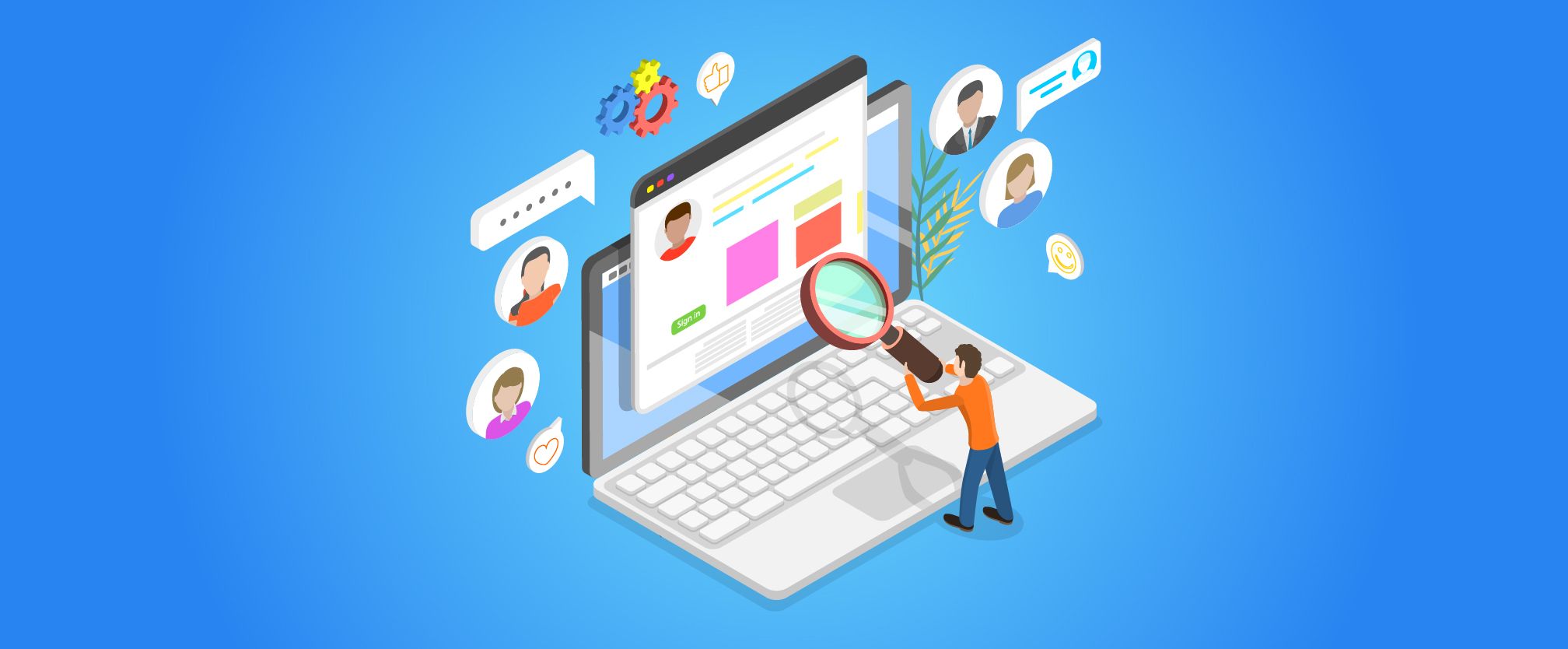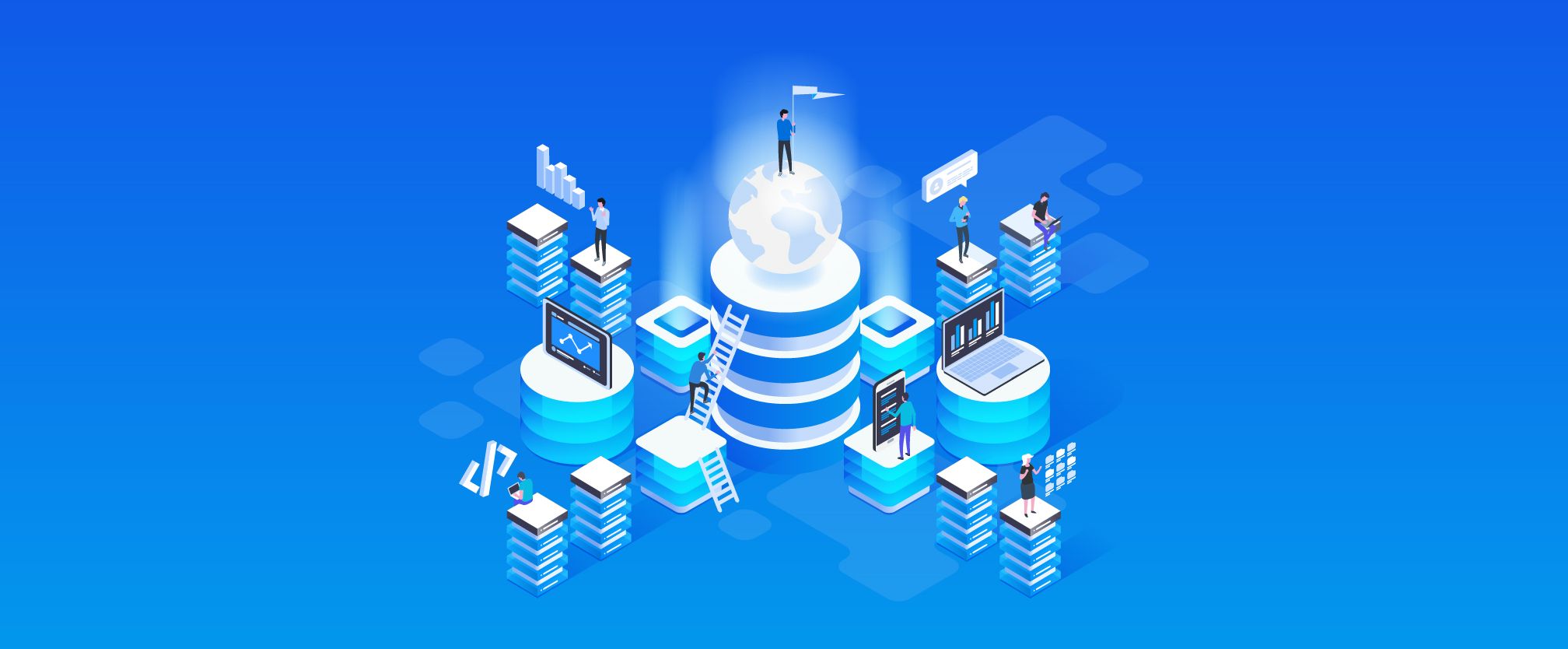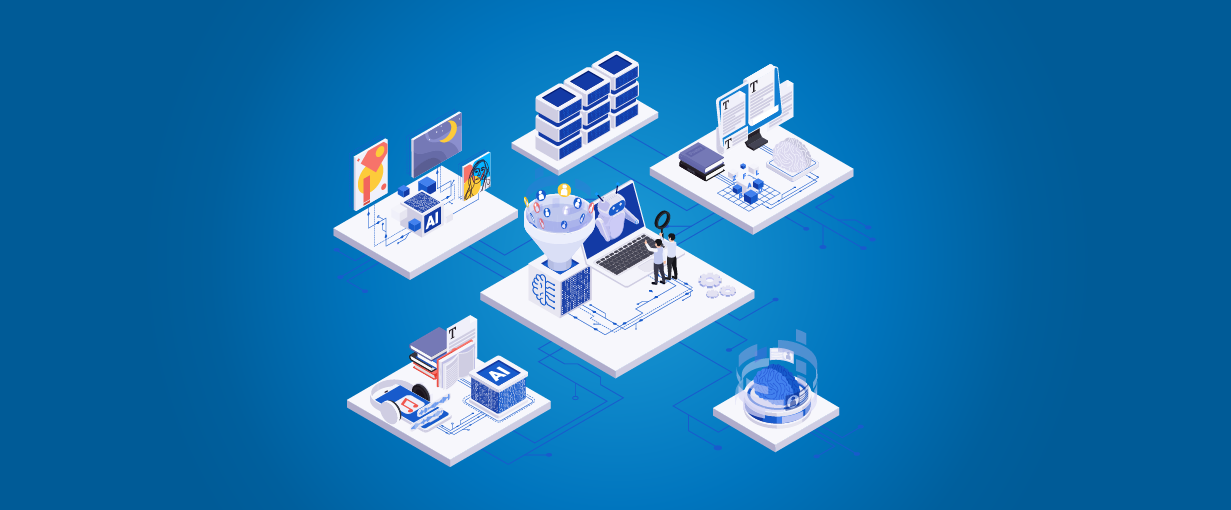According to Vena, the global SaaS market is projected to reach $273.55 billion in 2023 and increase to $317.55 billion by the end of 2024. These figures demonstrate the remarkable growth of this market, indicating the rise of many B2B SaaS companies. In this dynamic B2B SaaS landscape, standing out from other B2B companies requires you to approach them with appropriate and effective strategies. Nowadays, there are many SaaS strategies that organizations can apply to enhance their business operations. However, not every B2B SaaS growth strategy is suitable for every company. So, how do you choose an effective SaaS growth strategy? This article will highlight the top 3 most effective and popular B2B SaaS growth strategies that companies can implement.
What is a B2B SaaS Growth Strategy?

B2B SaaS growth strategies are the methods and approaches that B2B SaaS companies use to boost business, expand the market, and increase revenue. These strategies are present in various processes, including sales, marketing, product development, and customer care, to drive sustainable growth for the B2B SaaS company.
According to Grandview Research, the global SaaS market was valued at approximately $261 billion in 2022 and is projected to reach about $829 billion by 2031, with a CAGR of 13.7% during the forecast period. These figures demonstrate the robust growth of the SaaS market, highlighting the critical need for an effective SaaS growth strategy.
Why Should We Implement a B2B SaaS Growth Strategy?

B2B SaaS Growth Strategy is crucial for determining the growth of a company. Below are the significant benefits that a SaaS growth strategy brings:
- Enhanced Customer Retention: With effective customer success programs, understanding customer difficulties, and providing solutions that meet their specific needs, businesses can build trust, increase satisfaction, and retain customers for the long term. Developing a B2B SaaS growth strategy focused on customer experience and product improvement will also drive customer loyalty and satisfaction.
- Increased Revenue and Profitability: When SaaS customer success strategies are effective, revenue rises proportionally. Effective B2B SaaS growth strategies also come with opportunities to upsell complementary products and upgrade to higher-tier packages, boosting the company’s profitability.
- Expand Market: With a well-executed growth strategy, businesses can penetrate untapped markets and niche industries. To adapt to new territories, SaaS companies can adjust their services accordingly.
- Competitive advantage: Continuously improving products based on customer feedback and market trends will be one of the opportunities that help businesses stay ahead of competitors. Additionally, businesses can maintain their competitive advantage by monitoring competitors and understanding market dynamics.
Top 3 Effective B2B SaaS Growth Strategies for Your Business
Develop ICP

ICP stands for Ideal Customer Profile, which describes the details and characteristics of a company’s ideal customer. Through this profile, businesses can identify the right target audience, thereby making marketing strategies more effective and improving customer satisfaction.
To develop an ICP, businesses will follow a specific process, as follows:
1. Identify Common Characteristics of Customers: First, businesses can analyze their current best customers by identifying common characteristics such as industry, company size, revenue, and the challenges they are solving with your product. Then, plan surveys and interviews with those customers to gather qualitative data. For example, you can create a list of questions like:
- Where do they primarily live?
- What is their budget for purchasing the product?
- What do they like about your product?
- What do they want to improve?
2. Segment Your Market: From the collected survey data, businesses should use this demographic information to segment the market. Additionally, businesses can also segment the market through behavioral and technological data. For behavioral data, companies should examine commonly used features and usage patterns, and how customers interact with your product. Regarding technographic data, understanding the technology your customers use can help you create integration points and target the right audience.
3. Identify Pain Points and Goals: Make an effort to understand the pain points that your ideal customers face and the goals they want to achieve to tailor your marketing messages and product features accordingly.
Focus on Content Marketing and SEO

Content marketing and SEO are critical SaaS strategies that can significantly enhance online visibility and attract potential customers. While SEO attracts customers, content marketing functions to convert potential customers into loyal ones. Organic search accounts for 53% of total website traffic, emphasizing the importance of focusing on SEO to attract visitors to your site (according to Search Engine Land). Meanwhile, businesses that adopt content marketing strategies have conversion rates six times higher than those that do not implement this strategy.
How do you plan an appropriate and engaging SEO and content marketing strategy? Let’s explore how to improve these two strategies.
Implementing content marketing and SEO strategies involves three stages: enhancing online visibility, attracting potential customers, and converting prospects into customers. Each stage has its own methods to improve the effectiveness of the strategy. We will analyze the methods of each stage as follows:
Enhancing Online Visibility
Optimize SEO: First, optimize SEO by conducting keyword research to identify relevant search terms used by your target audience. Following keyword research, optimize on-page elements such as meta tags, headings, and URLs. Additionally, one way to improve SEO rankings is to enhance website speed and design mobile-friendly web pages. These tactics help increase visibility on SERPs, boost organic traffic, and save the company’s budget.
Create your content: The first thing businesses need to do to develop content is to brainstorm valuable ideas that are relevant to the target audience to attract and retain them. Develop and promote content across various marketing channels, including blog posts, whitepapers, case studies, eBooks, social posts, and email marketing. It’s especially important to use a mix of content types, including articles, videos, and images, to engage different segments of your audience. Creating quality and relevant content will help your business achieve a higher conversion rate.
Attracting Potential Customers
Keywords and Topics: At this stage, businesses need to focus on keywords and topics that address the difficulties that their target audiences face. For example, you can create in-depth guides and tutorials that solve common problems that your prospects encounter. Additionally, you can use tools like Google Analytics and Ahrefs to identify high-performing keywords and topics.
Create Your Expert Content: Produce expert-level content to establish your brand by publishing original research, in-depth insights, and comprehensive articles in your field. Additionally, participate in industry forums, webinars, and conferences. These strategies can help your business build trust and encourage potential customers to choose your product over competitors.
Converting Prospects into Customers
Analyze and Monitor SEO: To optimize these strategies, businesses should track and analyze SEO and content performance using tools like Google Analytics or Ahrefs. Using these tools can help businesses monitor keyword rankings, traffic, and engagement metrics. From these data points, businesses can adjust their strategies to enhance performance, ensuring sustainable growth and improving ROI from their marketing efforts.
Drive Conversions: At this stage, introduce potential customers to free trials, demos, and detailed product comparisons to increase conversion rates.
Invest in Product-Led Growth

Product-Led Growth, abbreviated as PLG, is a strategy that drives growth by relying on the product to attract, expand, and retain customers. This B2B SaaS growth strategy focuses primarily on product development to enhance customer experience and ensure long-term customer retention. This approach is also divided into three stages: the trial stage, the activation stage, and the revenue expansion stage.
- The Trial Stage: At this stage, businesses plan to attract users to try the product, possibly by offering a freemium model or a free trial period. The goal of this plan is for users to experience the value of the product directly, increasing the likelihood of converting to paid plans. Additionally, businesses can use messaging features to guide customers on how to use the software.
- The Activation Stage: After convincing potential customers to try the product, it’s time to move to the Activation stage, aiming for trial users to realize the value your product offers. By providing proactive support and resources, users can make the most of your product, ensuring customer satisfaction. This stage is crucial for converting trial users into paying customers.
- The Revenue Expansion Stage: At this stage, businesses develop plans and strategies to convert free or trial users into paying customers and retain them for the long term. You can implement several methods, such as offering comprehensive product training sessions or maintaining regular checks and personalized support for customers.
Conclusion
Focusing on content marketing and SEO, developing an ICP, and investing in product-led growth are three effective B2B SaaS growth strategies that can help your business grow sustainably and stand out from the competition. Each B2B SaaS growth strategy plays its own crucial role. B2B SaaS companies should plan to implement these growth methods as soon as possible to help their businesses achieve their set goals.




